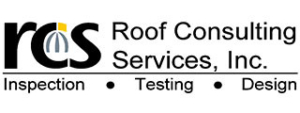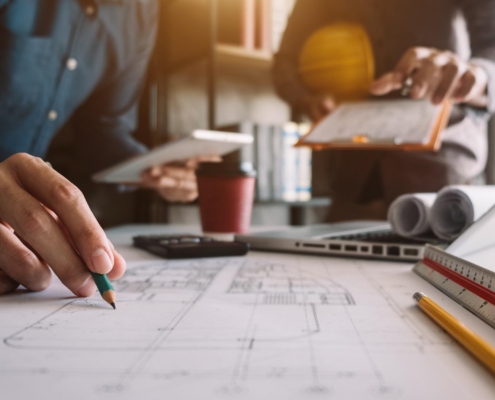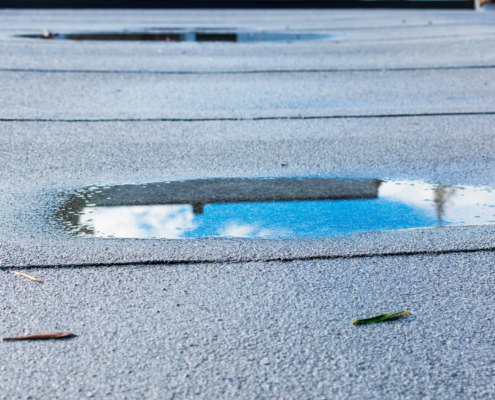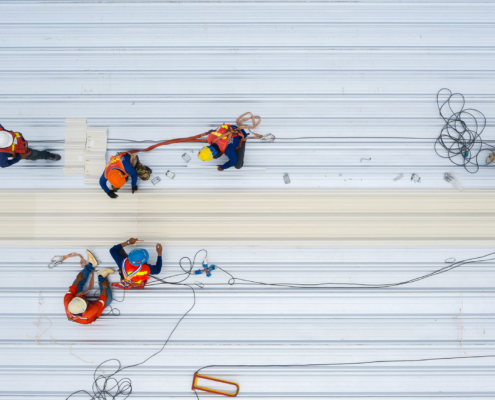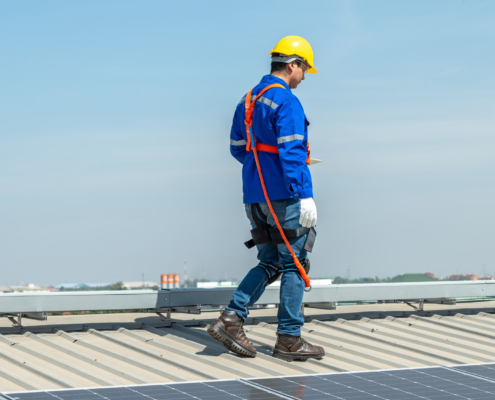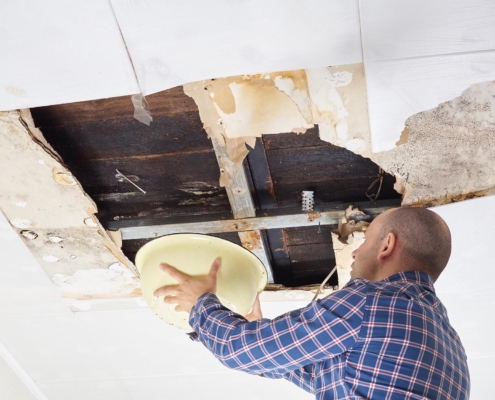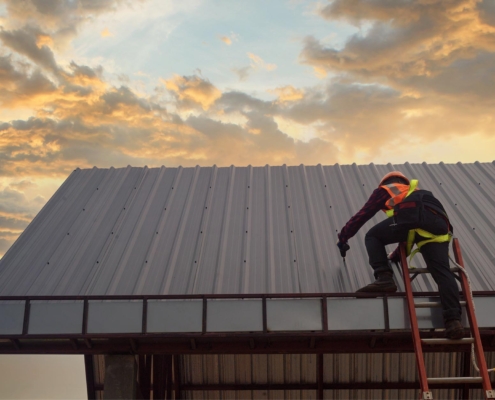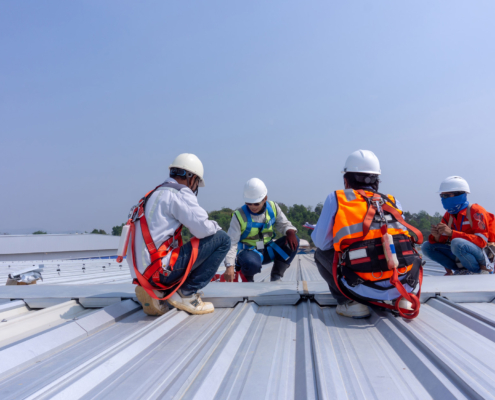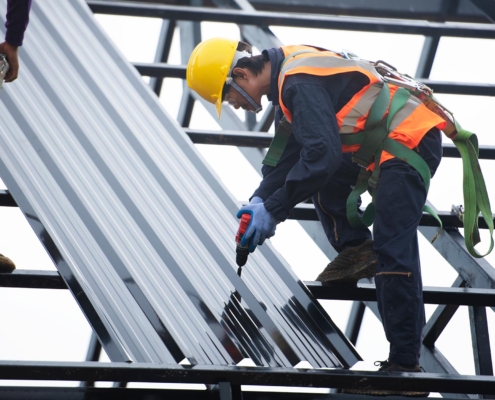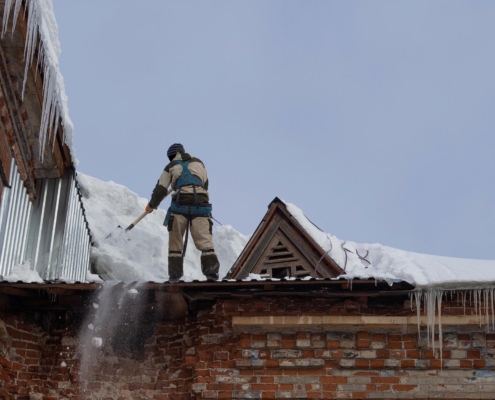The roofing inspection procedure is made up of three main segments which include a preliminary exterior inspection, a comprehensive interior inspection, and the generation of a detailed inspection report. Roof visual inspections can vary based on the roofing inspector, for demonstration purposes, we will explore all three segments in depth.
Preliminary Exterior Inspection
The first step in most cases is roof visual inspections. During this phase, the roof inspector analyzes the exterior components of the roof. Spotting damage or wear on any of these elements can be indicative of underlying issues. This exterior assessment provides the roofing inspector with initial clues about possible hidden damage and helps in setting the stage for a more in-depth interior examination.
Comprehensive Interior Inspection
Following the exterior check, the roof inspector moves indoors for a more detailed investigation. They will closely inspect the rafters and interior ceiling for cracks, leaks, and stains, which suggest roof damage. This portion of the inspection should leave no stone unturned in identifying and documenting all roof-related issues.
Detailed Inspection Report
Once all elements have undergone a thorough assessment, the professional roof inspector delivers a detailed inspection report. This document serves as a comprehensive summary of all findings during the roof inspection. It includes the categorization of issues based on their severity, recommended repair actions, and an estimated timeframe for execution. It’s a crucial tool that aids business owners in developing a plan and securing fair bids.
